On the site of the old Temple of Agriculture, you'll find China's first museum exploring traditional Chinese construction techniques. The Beijing Ancient Architecture Museum is collecting, studying and exhibiting items of ancient Chinese architecture.
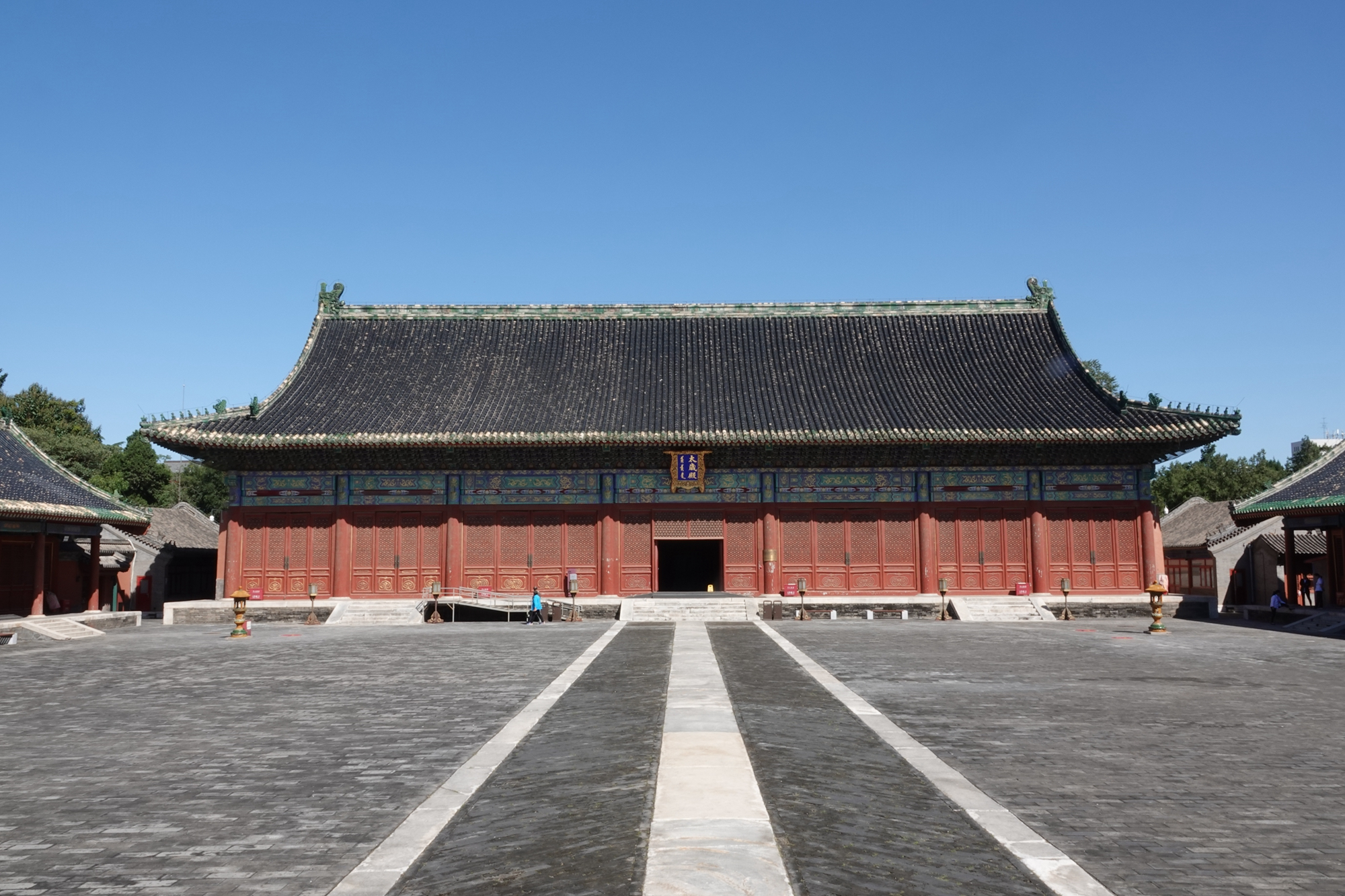
The main hall of the Temple of Agriculture. /CGTN Photo
The main hall of the Temple of Agriculture. /CGTN Photo
The courtyard of the museum is an example of Ming Dynasty (1368-1644 AD) architecture. The temple was used by emperors and officials to worship the god of agriculture in the Ming and Qing Dynasties (1368 – 1911 AD).
The first part of the exhibition is devoted to the development of ancient Chinese architecture. Diverse characteristics and artistic styles in different dynasties are vividly shown to the audience. The second part shows Chinese ancient architectural techniques. Ancient Chinese architecture has its unique architectural style, which is the most prolonged continuation of all three major architectural systems in the world.
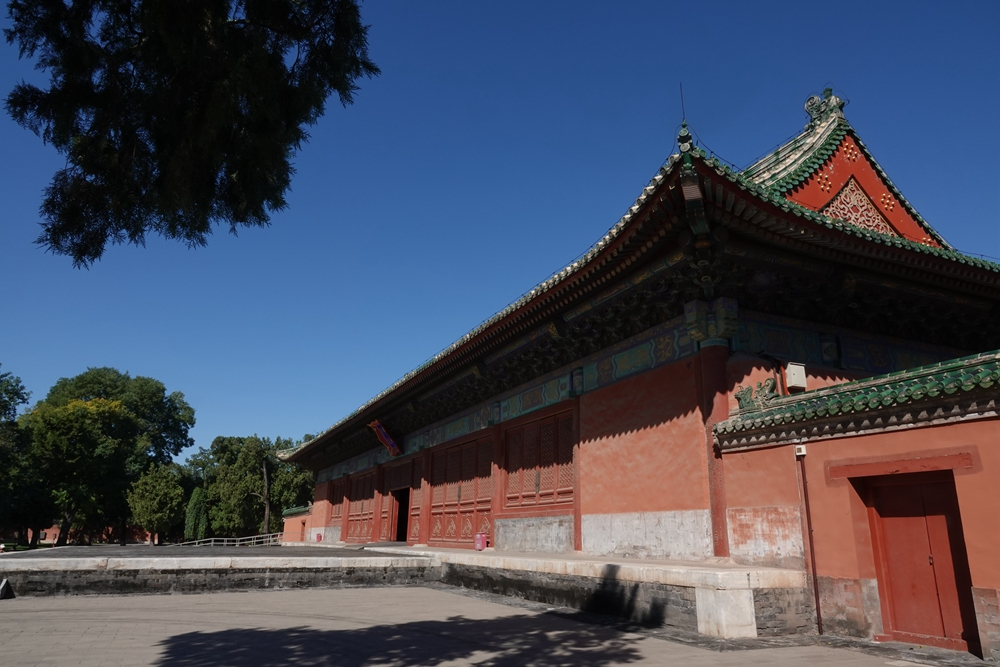
Baidian Palace, the first hall of the Temple of Agriculture. /CGTN Photo
Baidian Palace, the first hall of the Temple of Agriculture. /CGTN Photo
Practicing for thousands of years, Chinese artisans have accumulated abundant technical and technological experience. They have complete methods and techniques in the selection of materials, the determination of structural models, the processing and operation of components, the treatment of joints and details of installation.
The que is a freestanding, ceremonial gate tower in traditional Chinese architecture. The model of Gaoyi Que, a stone-carved que located at a tomb in southwest China's Sichuan Province has stone-carved decorations on the eaves tiles and shows details of the Han Dynasty architectural pattern.
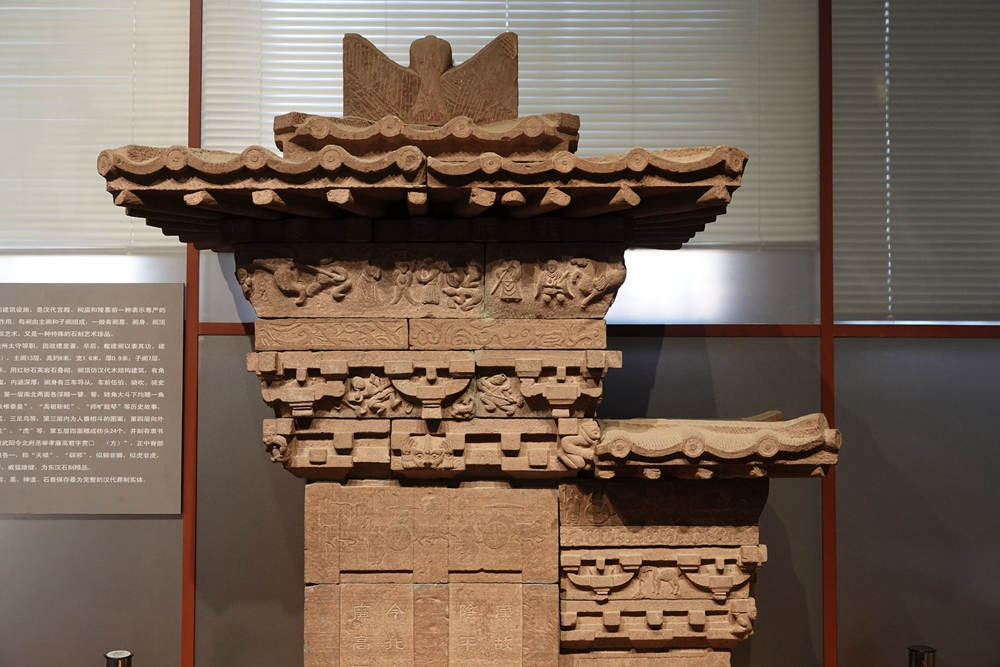
Model of Gaoyi Que at the Beijing Ancient Architecture Museum. /CGTN Photo
Model of Gaoyi Que at the Beijing Ancient Architecture Museum. /CGTN Photo
Stepping into the Song and Liao Dynasty section, the model of the Sakyamuni Pagoda of Fogong Temple is in front of us. Erected in 1056, the pagoda has survived several large earthquakes throughout the centuries and is the oldest existing fully wooden pagoda in China.
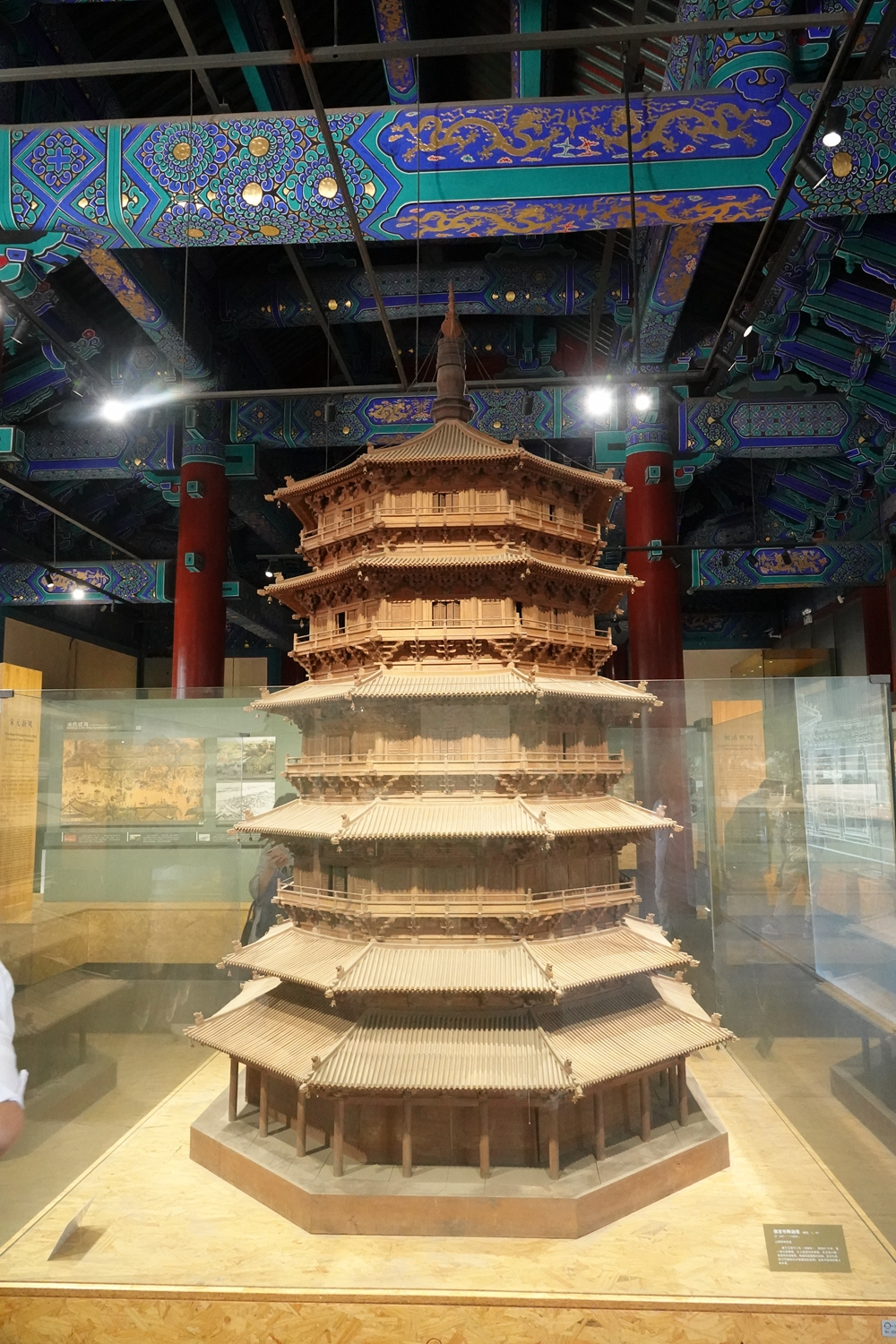
Model of the Sakyamuni Pagoda of Fogong Temple at the Beijing Ancient Architecture Museum. /CGTN Photo
Model of the Sakyamuni Pagoda of Fogong Temple at the Beijing Ancient Architecture Museum. /CGTN Photo
Lots of visitors come to the see the “Heaven Palace” dome originated in the Ming Dynasty, which is a national first-class cultural relic. It has six layers, each with delicate moire patterns on its circular frame. The lowest two floors are suspended under the ceiling upon the Buddha statue. The first, second, third and fifth floors are decorated with exquisite carvings of the imaginative Heaven Palace.
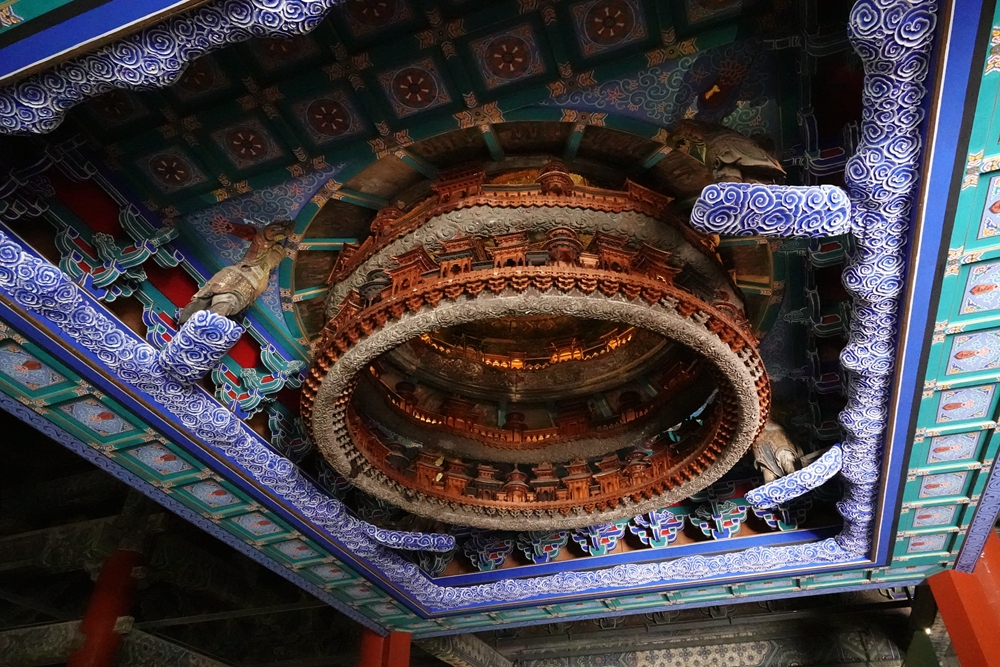
The “Heaven Palace” dome at the Beijing Ancient Architecture Museum. /CGTN Photo
The “Heaven Palace” dome at the Beijing Ancient Architecture Museum. /CGTN Photo
Ancient architecture has become China's precious cultural heritage. It not only records the economy and culture of past dynasties but also provides a reference for contemporary and even future architectural masterpieces.
Location: 21, Dongjing Road, Xicheng District, Beijing
Opening hours: 9 a.m. – 4 p.m. (closed on Monday)
Entrance Ticket: 15 yuan (about 2 U.S. dollars)
The first 200 visitors every Wednesday are free to enter.